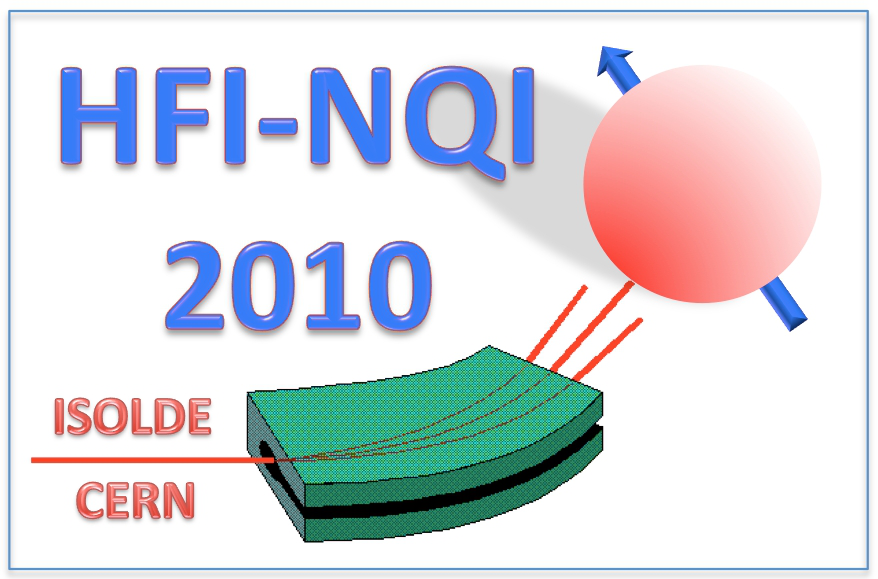Speaker
Description
Summary
Rutile TiO2 has a tetragonal structure with space group P42/mnm. In this, the Ti atom is surrounded by eight O atoms as the nearest neighbors in an octahedral geometry. In the next layer there are eight Ti atoms in the corner of the tetragon. In the TDPAC measurement, the 181Hf/181Ta used as the probe is expected to replace the Ti atom in the lattice. The resultant EFG arises due to the interaction between the probe and the surrounding O and Ti atoms. When the probe concentration is on a trace level, there are no two probe atoms nearby to influence each other. In the present work, we investigated the role of Zr atoms, belonging to the same group of Ti & Hf, on the quadrupole interaction of 181Ta in the rutile modification of TiO2. Zr doped (up to 10 atom %) TiO2 was prepared by following the method described elsewhere [1]. Co-precipitation of Ti-hydroxide along with Zr and 181Hf tracer was carried out by the addition of ammonium hydroxide to the solution containing Ti+4 and the desired amount of Zr+4 along with the tracer 181Hf. Data acquisition was carried out by the coincidence setup based on CAMAC electronics [2]. A2G2 spectra and their cosine transforms for a typical 5% Zr-doped sample are shown in Fig1. Table 1 shows the respective TDPAC parameters for different samples. The quadrupole frequency (Q) and η remain almost the same in all the samples except for the increase in δ with increasing the at% of Zr. This indicates that the contribution to the interaction between probe and the O atom is predominant and the statistical fluctuation arising due to the presence of the randomly distributed Zr atoms in the next neighboring layer is of minor importance. The thermal analysis along with the XRD measurement is also under progress. Theoretical calculations with super cells containing statistically distributed Zr-atoms are under way.
| Are you a student, a delegate from developing countries or a participant with physical needs and would like to apply for a sponsored accomodation. Please answer with yes or no. | yes |
|---|---|
| Please specify whether you would prefer an oral or poster contribution. | oral |
